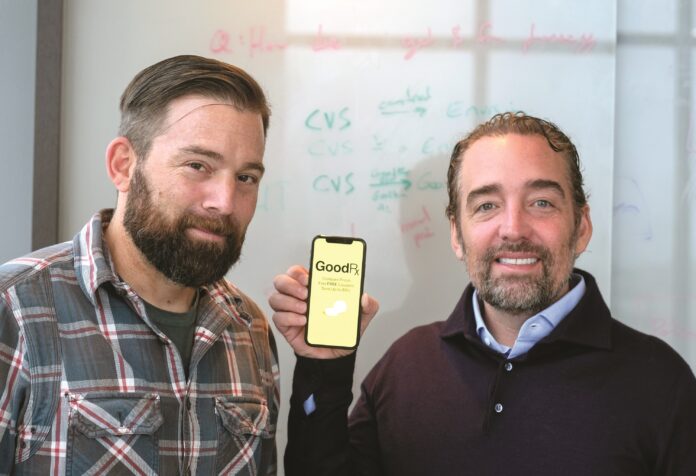In its fourth-quarter and full-year 2021 earnings released on Feb. 28, Santa Monica-based prescription drug comparison price shopping firm GoodRx Holdings Inc. reported a 39% increase in fourth-quarter revenue to $213.3 million and a 35% increase in full-year 2021 revenue to $745.4 million.
Company executives pointed to their preferred income measurement, adjusted earnings before interest, taxes, depreciation and amortization (EBIDTA) that rose 13% in 2021 to $229.6 million. Yet despite these robust figures, GoodRx stock plunged nearly 39% on its first trading day after the earnings release, closing at $16.74, its lowest point since the company went public in September 2020.
In its earnings report, GoodRx issued 2022 guidance that was lower than expectations and the growth rates of previous years. Revenue is now forecast to increase about 23% compared to the 35% actual increase for full-year 2021. This adjustment would seem to indicate slower growth times ahead.
“GoodRx’s 2022 outlook fell well short of expectations on both revenue and EBIDTA,” said Jailendra Singh, analyst with Credit Suisse Equity Research in New York, a subsidiary of Zurich, Switzerland-based Credit Suisse Group.
In the company’s earnings conference call with analysts, GoodRx co-founder and Co-Chief Executive Trevor Bezdek attributed the shortfall in meeting its own expectations to the lingering impacts of the Covid-19 pandemic on consumers getting treated for non-Covid conditions.
“The reality is that the effects of Covid have remained longer than we had expected and the resulting impact in our business has been greater than we anticipated.,” Bezdek told analysts.
But Credit Suisse’s Singh and other analysts see a broader reason for the lowered guidance: increased competition in the arena of comparison price shopping for prescription medications.
“We also believe, as the pharmacy landscape continues to evolve and the competition increasing, the visibility on how the core GoodRx (prescription transaction revenue) model evolves is lower relative to two years ago,” Singh said in his report, citing examples of competitors such as Amazon, Walmart and Mark Cuban Cost Plus Drug Co.

